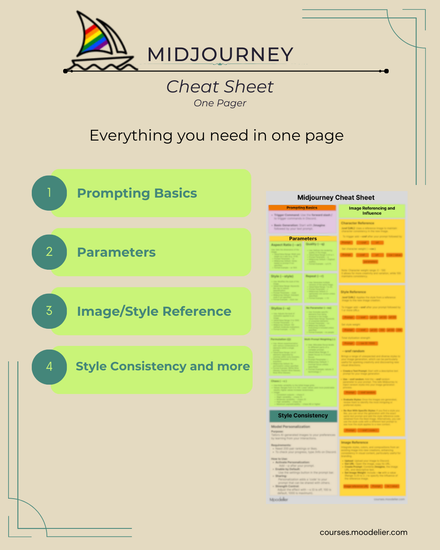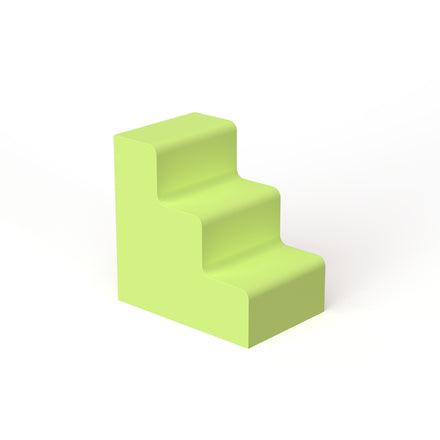We know, we know. You’re thinking, “why on EARTH would we need to know about creating retail experiences after a year like 2020?” Well, believe it or not, many creatives are still operating from boutique retail spaces and pop-ups. Now more than ever, those very creatives (potentially you, your client or a customer) need to create and cultivate exceptional and one of a kind retail spaces that provide spacious, relaxing and engaging shopping experiences.

" Speaking of spacing and shelving, we actually recommend finding shelves and surfaces that aren’t *too* deep (we’re talking 12”-18”). "
Now typically, you’ll hear people talk about the importance of putting a ton of energy and money into the “right” furniture - and while we’ll touch on that for a bit, that’s not all there is to creating an aesthetically pleasing retail space. It really comes down to finding juuuust the right props, pieces, lighting and more to ensure your visitors have the experience you want them to have.
Today, we’re sharing the 5 simple steps any creative business owner can take to create the ultimate retail experience! Grab your special notepad (you know the one), and let’s get started ✨
Choose your palette
You’re likely not surprised to hear that choosing a color palette is right at the top of our list. Color (or lack thereof) has a huge affect on the feel of a space.
Even if you’re opting for a minimal, neutral-toned or all white space, try adding pops of color to give interest and intrigue to the eye. Or, depending on your brand and vibe, you can stick with your neutral palette, while adding textures (like wood or concrete) for dimension.
We love the use of a neon sign, throw pillows, fun rugs and whimsical mirrors. Not only do they require little to no additional space, but they add personality into what could easily be seen as a far too stark storefront.
On that note, we all know that Instagrammable features in commercial spaces have gained popularity over the last few years. Depending on the space you have, you might think about adding an aesthetically pleasing section to your shop - this would function as a great place for visitors to take photos, while also serving as free publicity through those geotagged images.
You know we love a win-win scenario.
Get exact measurements
Not only will you want to grab measurements for the larger things in your store (like shelves, counters and desks), but you’ll also want to measure even the most minute of details.
We recommend measuring your shelves, surfaces and tables to plan out how many products might be placed on each. In general, we recommend allowing each individual product to have its own space or section, so it can be seen clearly.
You’ll notice that in boutiques, products like clothing and jewelry tend to be a bit more spaced out - this allows for a feeling of ease as visitors move around the shop. This also allows the eye to take in things in a slower manner - reducing overwhelm, and helping customers visually digest what they’re experiencing.
In larger stores and outlets, products tend to be overcrowded. This creates a feeling of clutter, claustrophobia and chaos. If that’s your intended goal, go for it! (Could be fun, right?) But if you’re craving that specialized, boutique-like experience, adequate spacing is the way to go.
Now, the ideal amount of space between each product can vary from 6-12 inches. Depending on the depth of your shelving, the lighting in your store and a variety of other factors, we trust you’ll find the amount of space that works best for you!
Customize your lighting
Speaking of spacing and shelving, we actually recommend finding shelves and surfaces that aren’t *too* deep (we’re talking 12”-18”). Why? Well, lighting and shadows play a huge factor into whether your products are seen clearly, or feel too hidden.
As you likely already know, lighting plays a huge factor in product displays, and in setting your pieces up for success. We recently had the honor of working with Bells & Whistles Design to place Moodelier pieces in the Marrow Fine Jewelry storefront.
The first thing you’ll notice in Marrow’s display is how well spaced each piece of jewelry is. You’ll then notice that the lighting is nothing short of perfection - not too cool, not too warm, with nothing left in the shadows.
Of course, no two products or stores are the same, and you’ll need to play with lighting on your own. Fair warning: it might feel completely overwhelming at first. Just remember - if you can keep your products out of the shadows and clutter, most of your work is already done!


" an era of social distancing, finding and creating space is key for an incredible shopping experience. "
Get modular
In the world of retail design, modular furniture is key.
It is far easier and simpler to customize your retail space’s interior design if things like your shelves and surfaces are moveable and modular. Your products and setups will change over time, and if you’re like us, you want nothing to do with redecorating and buying all new furniture every few months or years.
A great way to be cost effective and transitional is to invest in modular shelving and pieces! Simple objects like small plants will bring life to storefronts, and also help to showcase products. Plus, they can easily be moved around without breaking *too* much of a sweat.
On the subject of modular furniture, we also recommend picking fixtures, larger furniture, shelves and tables that have individual legs.
...Okay, we know. That sounded obvious.
What we actually mean is: try to pick furniture that offers bottoms and legs that can be seen through, in order to visually create more space in your store. In an era of social distancing, finding and creating space is key for an incredible shopping experience.
So, rather than a heavy sofa, try adding in some fun chairs and a minimal coffee table. Instead of a huge checkout counter at the center of the store, maybe source a beautiful and timeless table that can be repurposed as a desk for your payment processor.
Look, we know you likely have better ideas than we do, okay? We’re just doing our best here.
All in all, just make sure your display pieces are modular, minimal and multifunctional. The more multifunctional, the better - not only can you utilize those pieces now, but you can repurpose them, move them and reuse them in the future.
When it comes to smaller pieces (think: displays), try to opt for pieces that can be used in multiple ways. And by “multiple ways,” we mean: upside down, backwards, and on their sides. When you’re purchasing pieces (or painting them), check to make sure that each side is painted and finished well. This’ll give you a ton of options when it comes time to build out your displays, while allowing you the creative freedom to use those pieces to your heart’s content.
Bring in a set of helping hands
We’re DIYers by nature… but that doesn’t mean that we don’t know when to bring in help when we need it.
If you have the means, we can’t recommend hiring a design team enough. There are people who specialize in helping people like us build out displays via digital renderings. Even further than that, a design team can take that digital rendering, and make it a reality through sourcing for the exact pieces, props and furniture you might need.
Because we tend to want to have our hands in every part of the process, we’d personally partner with a design team to get those digital renderings, and then finish the sourcing and implementation portion ourselves.
That said, whether you have the means to get a bit of help, all of the help or no help at all, that’s okay! We trust that you’ll create an amazing retail experience, no matter what.
Photo: cover page, the second and third photos by @madelinetolle for @marrowfine_
First and fourth photo by @nakedretail










New Comment